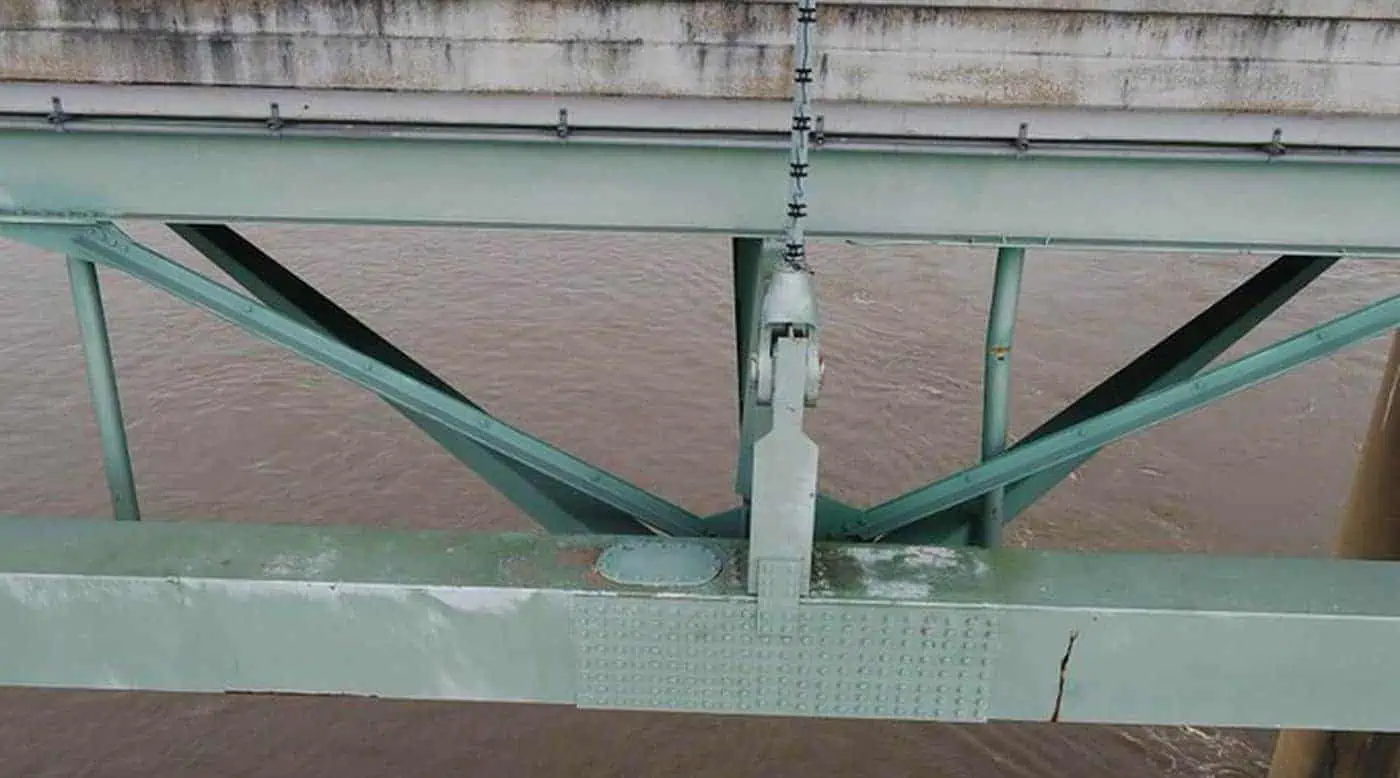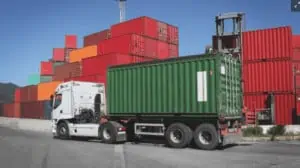
The closure of the Hernando de Soto Bridge is almost like the COVID-19 pandemic: it affects us all.
In the case of the I-40 bridge closure, large and small trucking and logistics firms are feeling the supply chain strain. As one of the largest logistics firms in the Memphis area, Dunavant is having to adjust.
Brandon Burnsed, SVP of Dunavant, who oversees the firm’s Memphis terminal, said the bridge closure just adds another kink in the already strained supply chain.
“We are coming off the pandemic; we are coming off a once in a 50-year blizzard in Memphis that shutdown transportation. So, [the bridge closure] is really just compounding the issues that the supply chain market has been seeing over the last 10 to 12 months since the U.S. opened back up off the pandemic," Burnsed said. "What we are going to feel is really the bullwhip effect of this bridge closure as it ripples through the supply chain.”
For Dunavant, the bridge closure — like for many logistics companies — has made life even more difficult for its drivers.
“The impacts we are seeing on the intermodal containers that we hauled is about an hour to an hour and a half [of] additional time from Memphis to the UP [Union

COURTESY DCA
Pacific Railroad intermodal terminal in Marion] across the [I-55] bridge,” Burnsed said. “We are already dealing with a driver capacity issue and a driver shortage in the U.S. It is compounding that problem as well because there aren’t enough drivers to move the goods. And now, it is taking even longer to move the goods. But, it is always our job to deliver predictably. … More than ever, delivery on time is critical.”
The trickledown effect of the bridge closure is now also hitting buyers in their wallets, Burnsed said.
“It is taking longer to get to a manufacturing facility, so the cost to the consumer is going to continue to rise because we are having to pay extra to pull freight out of UP and extend that time for our drivers,” Burnsed said. “They are having to go out of route, so it is burning more fuel and costing them more time. We are paying our trucks and we are passing that along to our customers, who in turn are going to pass that along to the consumer.”
Dunavant has eight terminal locations between the East Coast and Mid-South and two locations in Texas. But, Burnsed stressed that Memphis is a critical terminal because of the unique air, rail, water, and truck intersection, which makes it, he said, America’s distribution hub.
With the bridge's reopening date still unknown, Burnsed noted there could be even greater ramifications for local logistics firms if the closure is long term.
“What we don’t know is what customers are going to do,” he said. “If they are going to reroute out of West Memphis and UP because of the challenges of the bridge. And, are they going to route into other areas and find alternative routes? What we have seen in the supply chain — just in general from the pandemic — it tends to find … the path of least resistance. So, customers will look for alternative routes if it continues to increase their cost and [decrease] their … speed to market.”
By Corey Davis Reporter, Memphis Business Journal

July 11, 2023

February 23, 2022

February 23, 2022

February 23, 2022